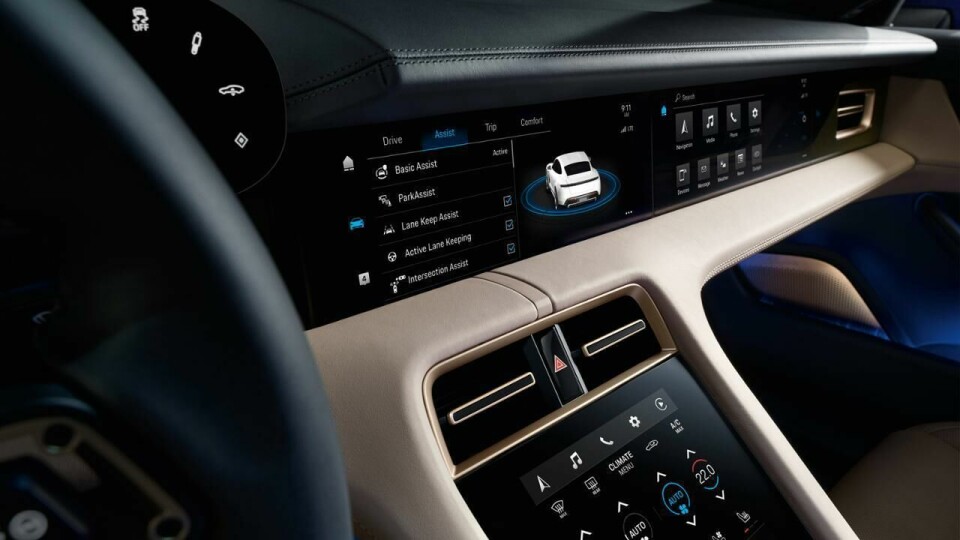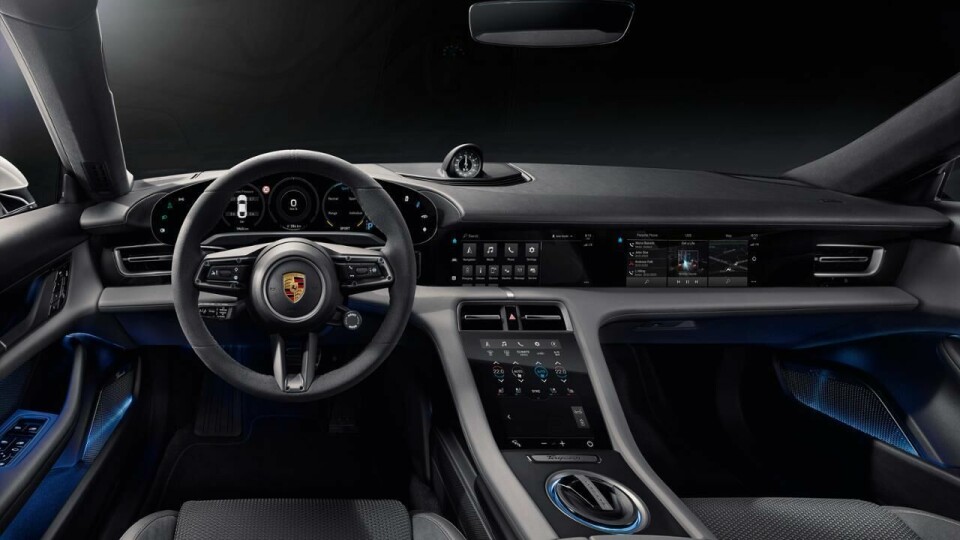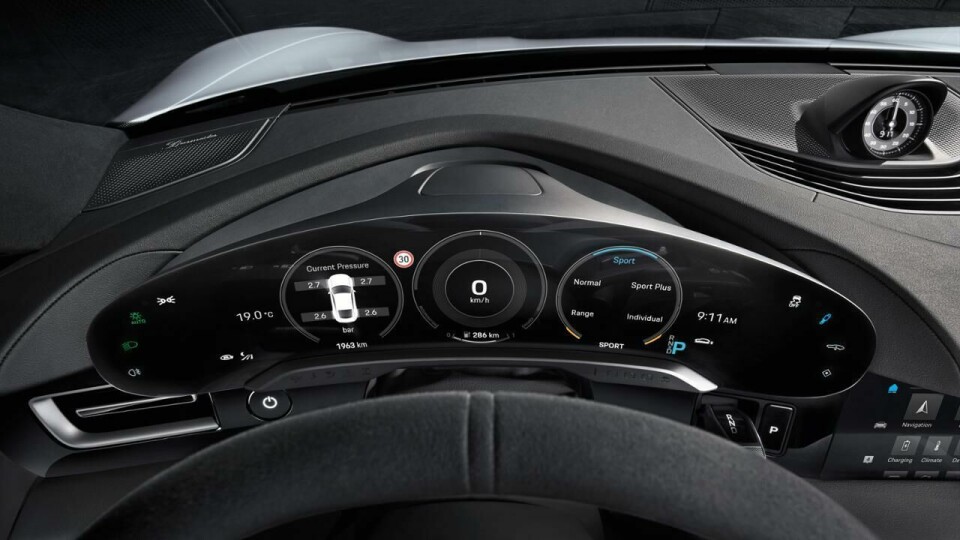
Frankfurt 2019: Taycan’s leap forward by Porsche interior designer
We look at how Porsche has translated the Mission E concept into a production interior
Four years after the Porsche Mission E concept unveiled at 2015’s Frankfurt show the Taycan production car made its 2019 debut at the same motorshow with most of its essential exterior and interior character pleasingly intact.

Car Design News had an exclusive chat with Ivo van Hulten, Porsche’s director of interior design sitting in a specially created exhibition stand interior buck to go through the all-electric four-door’s new cabin features. “The brand was once very much more focused on the driving experience and exterior,” the Dutch-born designer told CDN, “but the fact that we are sitting in this separate interior buck right now is because we are doing so many new things with Porsche interiors and pushing for even more.
The production Taycan keeps the same basic IP shape, a similarly cowl-less driver display, twin 10.9” screens sandwiched between upper and lower IP sections and also a diagonal centre console screen. Van Hulten is particularly pleased with the driver screen elements: “No-one else in the car industry has this type of instrument cluster yet,’ he declared. ‘It a free-form, curved and frameless display which is exposed, so we had a long journey to get it into production. It features real glass with a polarisation effect on top – like on sunglasses – so it doesn’t reflect. We also added functions on each side.”
Accordingly, the headlights are touchscreen-activated from the left of this cluster and suspension settings can be adjusted on the right. The horizontal IP layout with its padded and proud lower IP section also allows comfortable touchscreen use – by providing good support for the hand – and can be either covered in leather or a new leather-free material supplied by Dinamica.
Although the car’s EV underpinnings do not require a transmission tunnel, there is still a built-up section in that area for cupholders and storage under the centre armrest, “to retain the feeling of a driver’s car where you sit deep within the interior,” added van Hulten. Those seating H-points are still refreshingly low-down though, despite a large battery pack housed beneath. “A normal EV has a skateboard floor battery pack, and we have that also, but we moved the batteries outward a bit so the rear passengers’ feet rest in-between to get a super-low [exterior] silhouette about at 138cm high, lower than a Panamera.”
One significant change over the show car’s layout is the moving of the gear selector from the central transmission tunnel to the right of the steering wheel to free-up space in that central area. The gear selector – along with the clock on the IP top – is also one of the few physical switches or elements, in order to counterbalance the abundance of digital details elsewhere.
Overall, up close, inside and out, the Taycan looks and feels like a very accomplished car and van Hulten confirmed that parts of the new infotainment layout would make it into other Porsche models too. Either way, we’ll be going deeper into this design in due course.













